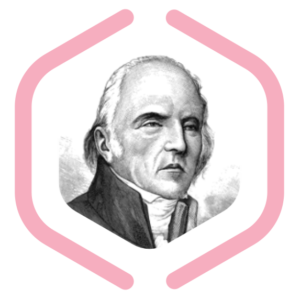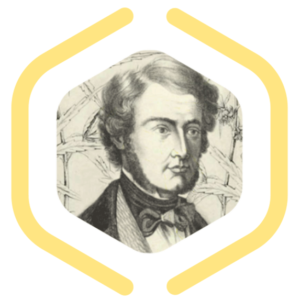
Glocal Quality Cannabis
Legal Address
Via Monsignor Ottorino Davighi
43036 Fidenza PR, Italy
VAT N.: IT03019830342
E-mail: [email protected]

Cannabis has been used for its alleged healing properties for thousands of years. The first documented case of its use dates back to 2800 BC, when it was listed as Ma (Chinese translation) in the Emperor Shen Nung’s pharmacopoeia. This leaf was suggested to treat “female disorders, gout, rheumatism, malaria, constipation and mental weakness”.
Around 1500 BC in the Erbes medical papyrus of ancient Egypt, the use of cannabis for therapeutic purposes is described; among these purposes is the treatment of eye irritation.


In 70 BC, hemp is mentioned in Nero’s medical textbook and Galen’s document (2nd century), where it is listed as a remedy for air in the stomach, earache and other pains.
Pedro Julião, who became Pope John XXI in part because he was a physician, included cannabis within a medical textbook, pointing to it as a remedy for otitis. It is also interesting and curious to know that Dante, in the Divine Comedy, places him in Paradise (one of the few Popes to receive this honor) and praises him precisely for his activities as a physician and scholar.


In 1750 AC Carl Nilsson Linnaeus, a Swedish physician, botanist, naturalist and academic, classified hemp for the first time and, believing the genus to be monotypic, named it Cannabis Sativa.
1763 AC France: In 1763 AC Jean-Baptiste de Lamarck distinguished hemp into two different species: Sativa and Indica. The latter differs from the former not only in the distinctive physical structure of the plant but also and especially in the high concentration of CBD, which makes the species especially perfect for therapeutic use.


William Brooke O’Shaughnessy, an assistant surgeon and a professor of chemistry at Calcutta Medica College, popularized the therapeutic use of cannabis in the West.
In 1839 he wrote a report in which he emphasized the uses and benefits of the substance, evidenced by the successes observed in the treatment of rheumatism, tetanus epilepsy and muscle spasticity. He also described cannabis as “the perfect anticonvulsant remedy.”
In 1841 he brought cannabis Indica to England, introducing it to Western medicine.
On February, 19th 1978, The New York Times published major news: A 26-year old University of New Mexico student with cancer was the catalyst for the Legislature’s passing a bill that would legalize marijuana use in limited medical cases.


On July 7, 2014 President Barack Obama signed the 2014 Farm Bill, which allowed research and higher education institutions to start growing institutional hemp to regulate and conduct research and pilot programs to study potential medicinal uses.
Stabilimento Chimico Farmaceutico Militare is the only State-owned pharmacy that has been accompanying and supporting the largest historical Italian events. In 2015, it began the cultivation of cannabis for medical use, which is applied in different areas such as: Multiple Sclerosis, Parkinson’s disease, Huntington’s chorea, Gilles de la Tourette syndrome, in some forms of epilepsy, and in the use of treatments for chemotherapy-induced chronic pain, nausea and vomiting.


What’s going on now? What’s new about Cannabis legalization and legislation? Read the following insights related to the last decade’s progress.

Legal Address
Via Monsignor Ottorino Davighi
43036 Fidenza PR, Italy
VAT N.: IT03019830342
E-mail: [email protected]